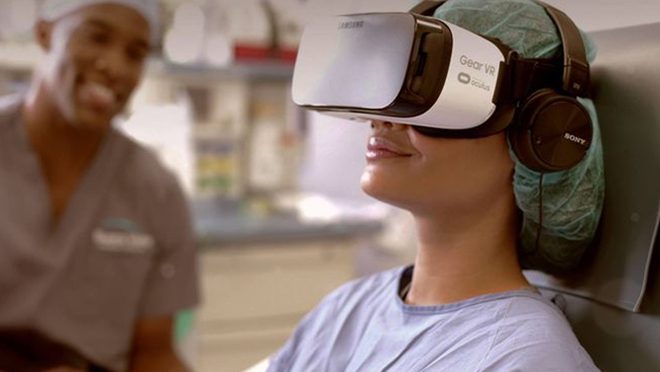VR (Virtual Reality) and AR (Augmented Reality) are now being widely used in various industries across the globe. Both technologies center on the creation of an artificial environment that allows users to mimic the real-world behavior aided by earphones, headsets, and other body sensors. AR and VR are huge hits in the entertainment industry.
They are also starting to make headway in the healthcare industry. The healthcare community has realized the potential benefits these two technologies could have in improving healthcare delivery and training medical professionals. VR and AR will bring major changes in the healthcare industry.
Here’s how.
In Recovery
Believe it or not, AR and VR technologies are now being incorporated into rehab facilities. Researchers from the University of Houston are using VR technology to treat substance abuse disorders.
The researchers started by teaching individuals with addiction how to resist cigarettes, how to stop misusing alcohol, and how to resist injected hard drugs. Some of the very best drug rehab centers in the world have embraced this technology, and it’s working wonders.
Treating addicts with VR technology entails recreating a typical drug use environment based on the users’ experiences. A cigarette, an alcoholic beverage or a syringe is placed in this recreated environment. The person addicted to the drugs is expected to resist the drug or alcohol craving despite the triggers placed in front of them. Psychologists monitor the users’ responses to find out whether the cravings are triggered or not.
The participants are meant to learn coping skills. Researchers can be able to tell to what extent the participant is able to resist the urge. In addition, the users are taught how to resist these cravings.

Interestingly, VR is now being used to relieve stress and pain. Sometimes people abuse drugs and alcohol to escape physical and emotional problems. If VR can be used to relieve pain and stress, then it can be vital in drug addiction recovery. Notably, patients often get used to the opioids they are given as pain relievers. When they can no longer access the prescribed painkillers, they turn to heroin as an alternative.
Using VR as a painkiller will go a long way in reducing this dependence on opioids. VR technology has been successful in relieving phantom pains. Phantom pains are not responsive to normal pain relievers.
‘Virtual mirror therapy’, however, has been successful in helping people control phantom pains. The affected individual is put in simulation and exposed to a control version of the pain where they realize the feeling doesn’t actually exist.
Surgery and Training
To some extent, the healthcare industry has already started using VR and AR technology in service delivery and medical training. Surgery, in particular, will and is greatly benefiting from AR and VR technology.
As recently as 2016, an operation to remove a cancerous tissue was broadcasted to a live audience of medical students using a VR camera. This is something that was unimaginable a decade ago.
New visualization techniques will significantly improve the intervention planning phase by providing a deeper understanding of the problem. Computer-guided surgery will be crucial in the planning phase by allowing the surgeon to perform a pre-operation using visually tracked AR glasses.
VR and AR technologies have also become a very important part of medical training. Medical students are able to delve deep into practical studies through AR than they would in real-life practice.
Virtual Reality and Augmented Reality are here to stay. As it continues to develop, it will not only be a big part of our lives but also of our health care system.




